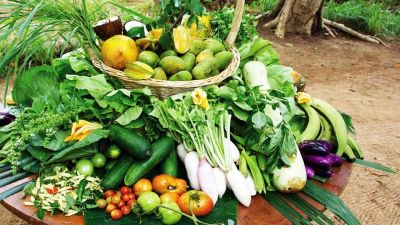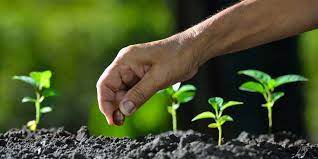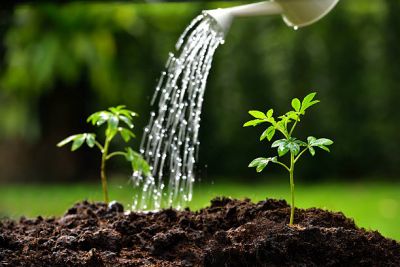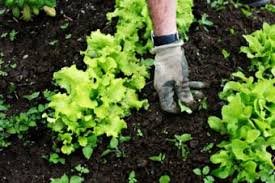What is bio-gardening (Organic Gardening)?
Bio-gardening is also known as organic gardening. Bio-gardening is gardening without utilizing synthetic products such as fertilizers and pesticides. It utilizes only natural products to grow plants in your garden.
Bio-food is very good for health but it is expensive. Today, their qualities as well as awesome aromas are becoming to be more and more beloved by people.

How to set up a bio-garden at home?
1.Choose the right area
The first thing to do, is to select an idea area in your garden. Ensure that the area is exposed to at least 50% of natural light. Also also the area should be forested and confined. Therefore, it can’t be put totally in a dark territory not either in straight sunshine which can possibly incinerate the land as well as the flowers.
It too demands to be shielded
by the breeze in order to avoid the land from shutting out.
Also, the area cannot be made vulnerable to heavy
rainfall as nutrient components will possibly wash out by too much water. Thus it is better to cover the soil with hay or leaves.
2.Prepare the soil
The next thing to do is to prepare the soil. The land has to be capable to drain water but not too much some require to be held by it, and be aired.
Take a few regular soil. If it is overly clammy when it is humid, blend it well with salt–free sand (1/3 sand – soil).
For dry soil, make a ridge in the soil so it can hold some water. For humid soil, make small knolls in the soil to remove the surplus of water.
3.Make your compost
The compost supplies nutrients to plants and useful organisms to the soil. Produce your compost in an area devoted for reclaiming biological
debris, in the shadow. Evade concealing the garden with plastic or metal sheet, in lieu, exploit groundcover.
The system is like a multi-layered cake: a layer of green manures, a layer of dry leaves, a layer of manure, and repeat. Don’t fail to remember to damp the layers to keep
the humidity, just the right amount like a wrung out sponge.
Turn over the layers every 10 days. Ferment your compost for 30-40 days. Its temperature must be cool utilizing when using it, which means the fermentation has to have possibly halted then.
4.Choose your seeds
The secret to a thriving organic garden are the local seeds fit for our own tropical climate. Salads, for instance, cultivate in a moderate climate
and their seeding are much hybrid.
That means that during the other
planting the crop decreases by 30% and so on without excluding its own high rise cost. So, it is more hard to find these seeds because they are not originally from Mauritius.
Below, it is a list of plants that grow easily on the island.
- Herbs: coriandre, basil, thym, chives, parsley, sage, rosemary
- Mixed greens: Leafy greens e.g cauliflower, spinach, cabbage
- Roots: radish, sweet potato, arrow roots, cassava, conflore
- Fruits: cucumber, chilli, banana, bread fruit, bitter gourd, calabash, squash, pumpkin, green beans
- Cereal: corn…
5.Watering
Take advantage of a watering can which has little holes for light watering. Water 1–2 times for each one week, mainly the 10 first off target days.
That is actually better to take advantage of room temperature rainwater. Rainfall water, for instance, is actually excellent. Collect water for watering, that is an excellent way to moderate water usage at house.
6.create an Ecosystem
It is actually important to make an surroundings like to a micro-ecosystem in the garden. This can be in the form of a little basin or rather a chaotic pile of hay. Leave some leaves and stones on the floor for beetles.
The clue is actually to give as a lot of area as can do to nature in the garden. Do actually not hunt out of toads, frogs, lizards and ladybirds; they could get rid of bugs.









